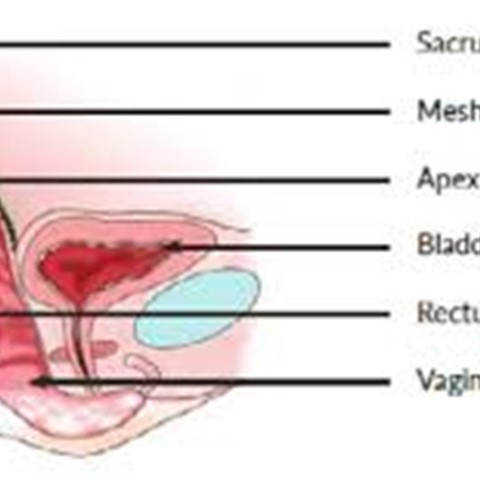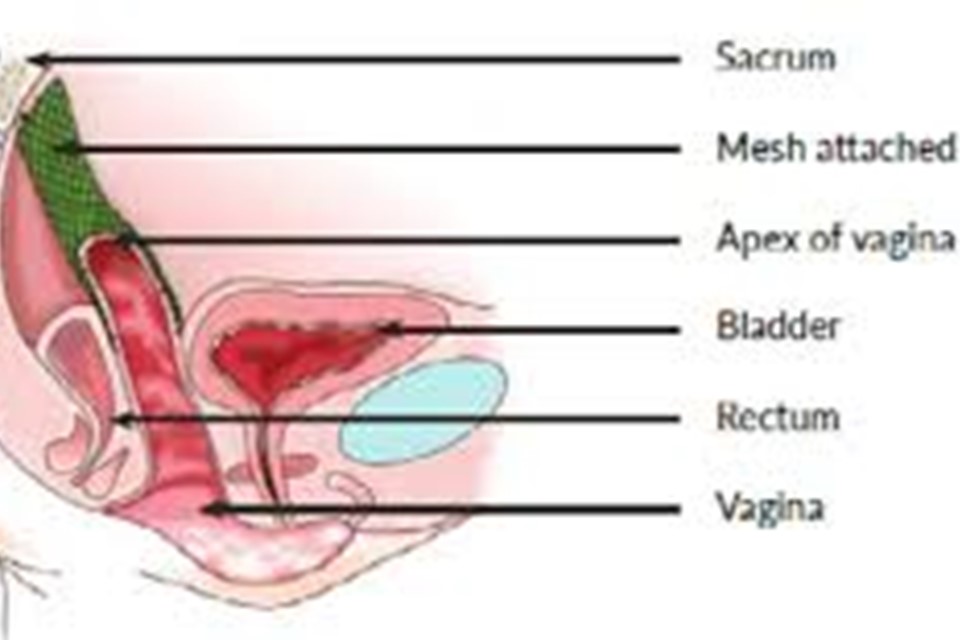The Sacrohysteropexy Procedure: Everything You Need to Know

Wednesday, 24 May 2023
 Copyright: https://bsug.org.uk/
Copyright: https://bsug.org.uk/
If you have read about a sacrohysteropexy procedure, it is understandable that you will likely have some questions about it. Here, we explain everything you need to know to put your mind at rest.
What is the sacrohysteropexy procedure, and who is it for?
This procedure is performed laparoscopically; that means it is done through keyhole surgery with 2-3 smaller cuts in your abdomen rather than one large incision. A piece of artificial, surgical-grade mesh enters the abdominal cavity via one of these portholes and then is sewn between the neck of the womb (cervix) and the sacrum bone (at the base of the spine), where titanium staples will be used. The purpose of the procedure is to provide lift and support for the uterus.
The Sacrohysteropexy procedure is offered to women who have a prolapsed womb which has become painful and/or interferes with daily living. Mr Broome has performed many of these procedures preventing many women from having a hysterectomy.
How it works
Before the procedure, your doctor may order routine bladder or bowel tests if you are having problems with these. The operation itself is usually performed under a general anaesthetic, so you will be asleep throughout. During the operation, Mr Broome will make small incisions near the belly button and on or near the bikini line. This is to allow a small camera and surgical instruments to be inserted. The abdomen will be filled with carbon dioxide gas to create an expanded space to work in, and a catheter tube will be inserted through the urethra into the bladder.
A strip of artificial mesh is sewn onto the cervix using dissolvable stitches. The other end is then stapled to the sacrum bone. The mesh is then covered by the peritoneum (the lining of the abdomen), and all the carbon dioxide gas is expelled from the body. All incisions will then be closed using dissolvable stitches.
You will likely have to stay in the hospital overnight following the procedure, and the catheter tube will be removed the following morning. Pain relief will be provided if needed, normally paracetamol. Most women are able to go home the morning after the procedure.
At home
Tiredness is normal after a general anaesthetic, so you will be advised to rest initially to allow healing; however you should start gentle exercise and your usual activities as soon as you feel able, as this will help to prevent DVT. Avoid doing anything strenuous such as heavy lifting and vigorous exercise, for at least six weeks. Full recovery usually takes around 4-6 weeks for most.
What are the risks of sacrohysteropexy?
All surgery carries some risk, and these will be explained to you prior to the procedure. The most common general risks are:
- Bleeding during or after surgery. The risk is higher if you take a blood thinner such as Warfarin.
- Infection at the surgical site or in the bladder. Antibiotics are usually given during the procedure to prevent this.
- Deep Vein Thrombosis. The risk is higher in women who smoke or who are overweight. You may be advised to wear surgical stockings to help blood flow in the legs.
- Pain during sex is common for the first few weeks.
- Bladder or bowel problems may persist or get worse.
Benefits of the procedure
The major advantage of a laparoscopic procedure is that the recovery time is fairly short, and you should be left pain-free and without the ‘dragging’ feeling and discomfort. Scarring is minimal. An additional benefit is that the cervix and womb are still intact, so you should still be able to have a baby. Mr Broome has had many patients go onto have further children after a Sacrohysteropexy. This is why it is the preferred effective procedure for those who have yet to complete their family.

